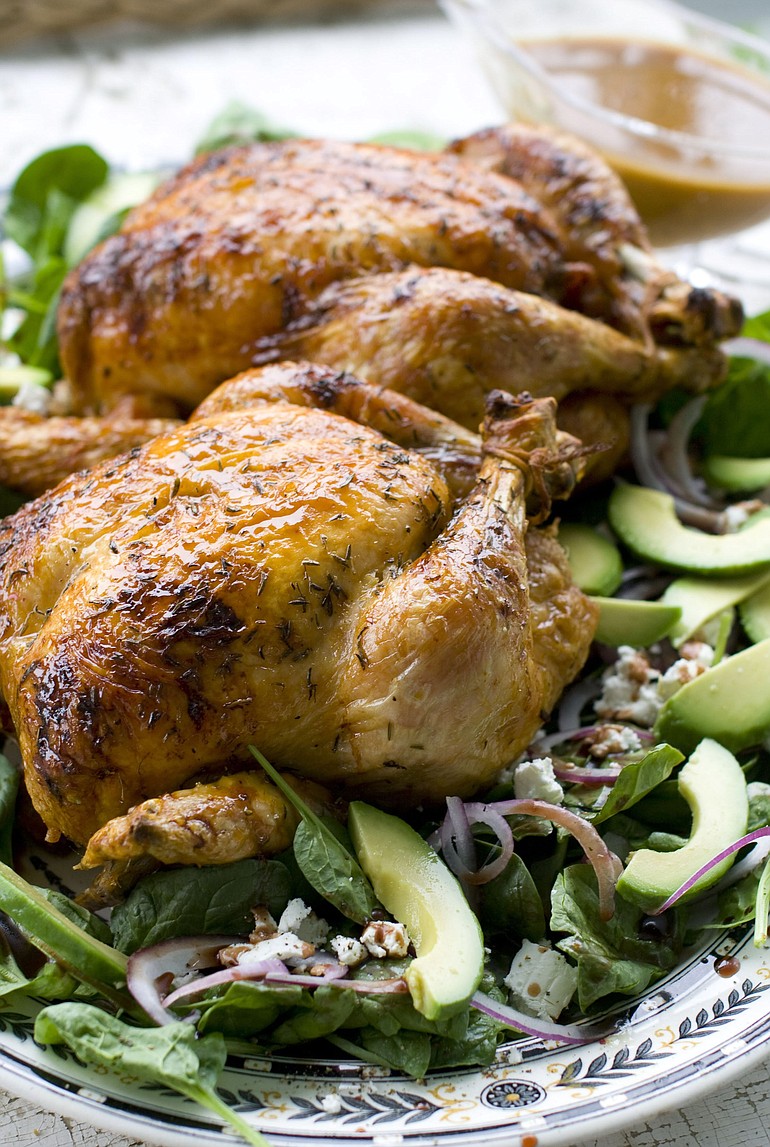You may not think of Jewish cooking as trendsetting, but it has been focused on seasonal recipes sporting local ingredients since long before farmers markets became the darling of the foodie scene. And the Jewish New Year meal, served at Rosh Hashana, is a perfect example of this unintended hipness.
While the foods of this holiday are most often acknowledged for their emblematic value — think apples and honey to represent a sweet year to come — they also are intentionally seasonal for both the symbolic and practical reasons of wanting to celebrate the hope of new beginnings by using what you have on hand in late summer and early fall.
So Rosh Hashana turns out to be the perfect opportunity to serve a local, in-season meal while fully embracing the spirit of the holiday.
Traditionally, foods are chosen that are both sweet and round. Round foods represent the circle of life that continues with the new year, says Leah Koenig, a Brooklyn, N.Y., resident and author of “The Hadassah Everyday Cookbook.”



